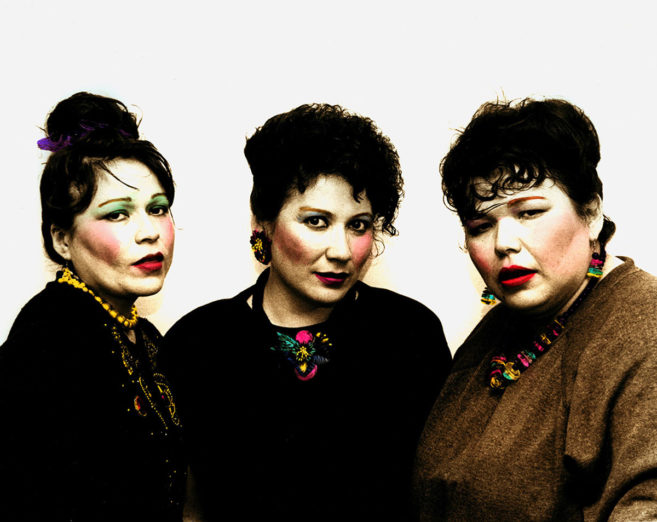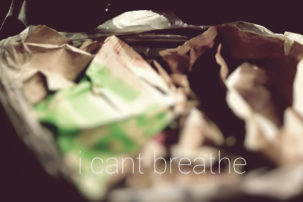Made in the aftermath of the shooting death of Colten Boushie, at the hands of good ol’ Saskatchewan farm boy Gerald Stanley, Tasha Hubbard’s new film captures Boushie’s family in their search for justice and healing. I’m told this film’s premiere at Hot Docs is “history-making” because it’s the first time an Indigenous director has premiered a film in the opening night slot. But I wonder, whose history are we making? Because for Tasha Hubbard and her sons, who feature heavily in the film, Boushie’s mother Debbie Baptiste and Boushie’s cousin Jade Tootoosis, this film is an extension of truths known to Indigenous communities in the Prairies for hundreds of years. Hubbard is telling stories that have gone consciously unheard for too long, stories that took the death of a beautiful Cree boy for Canadian audiences to care about them.
I attended the screening with two of the strongest Indigenous women I know, already aware that this would be an emotionally jarring experience and that I would need my siblings by my side. As the film unfolded, we silently, endlessly, sobbed. At a certain point we stopped trying to hide it—and so did the rest of the crowd. The sniffles and sobs around me became so loud that at times they competed with the film’s audio. Every so often, an audience member would let out a whoop, usually after Tootoosis did something particularly badass, and that is nothing short of home to me. We were surrounded by family here.
From the United Nations building in New York to the Canadian Parliament buildings in Ottawa, from the steps of the courthouse after Stanley’s swift acquittal to the stage at Hot Docs, where Hubbard brought community members out after the screening—the poise and generosity Tootoosis portrayed is worthy of the highest honour. I know my Cree teachings, and Tootoosis is without a doubt a soft, hard, iskwew. Faced with tremendous ignorance, Tootoosis was, is, unshakeable. Grounded firmly in her kookum’s directive that she should speak for their family, Tootoosis’s dedication to finding justice for her brother is constant: it holds the viewer through the entire film. Boushie grew up surrounded by Cree community, love and life. Cree law, as Hubbard’s father relays to her son in the film, is grounded in principles of respect, sharing and generosity toward all other life. Cree law is never punitive. Cree law is peace. Cree law is tenderness. Just like Tootoosis.
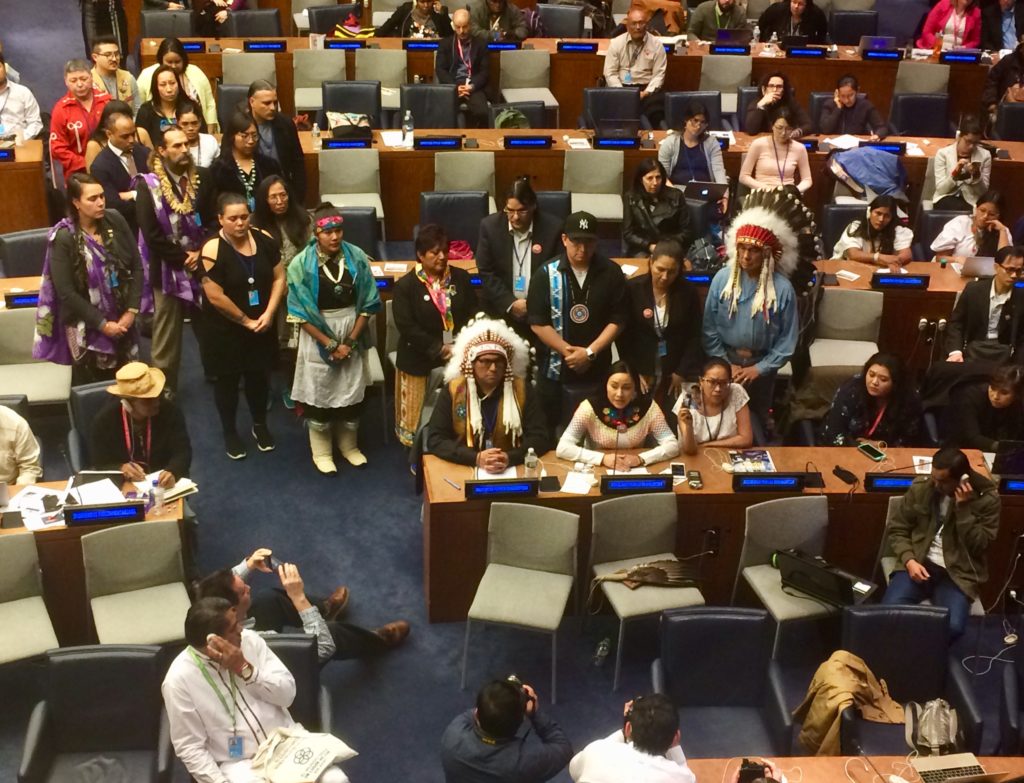
Tasha Hubbard, nîpawistamâsowin: We Will Stand Up (still), 2019. 98 min.

Tasha Hubbard, nîpawistamâsowin: We Will Stand Up (still), 2019. 98 min.
I’ve always understood that there are Canadian settlers in Saskatchewan who don’t value Cree life, or any Indigenous life for that matter. Growing up in Regina, the daily aggressions on my existence made me a hard, nihilist, cold, angry and jaded youth. Documentation of Stanley’s trial confirmed the racist attitudes directed toward Indigenous peoples in Saskatchewan, often masked as fear and an inherent criminalization of Indigenous life; I had long been gaslit into believing I had fabricated these realities. Hubbard’s film offers a window into the contemporary race realities of life in Saskatchewan, which those observing at a distance might not have fully understood or comprehended, and brings us inside the Stanley trial, providing details that until now were not widely available.
We witness the gun-toting country boy who “worked hard for something” and is consequently compelled to “protect” that thing, as Hubbard’s white grandfather puts it. That “thing,” in this instance, is farmland granted to settlers through the removal of Cree communities from the land. Of all the interactions in the film, this conversation between Hubbard, her son and her grandfather was one of the hardest to witness. I was already well aware of the types of men who attended the landowners meetings following Boushie’s death, and had mused that such people would be likely to do it again (in reference to Boushie’s shooting) if it meant protecting their property. I know this sick settler order well, wherein property is more valuable than Indigenous life. I understood the Crown’s shocking non-attempt at prosecuting Stanley, the denial of Indigenous jury members, the cruel smile of the white jury member after Stanley’s acquittal, the appalling treatment of traumatized witnesses as criminals and the shoddy, nonsensical “magic gun” defence that was, likely because of racism, nonetheless believed by the all-white jury. I’m not surprised, because the Canadian justice system was made to eradicate Indigenous life. Throughout the film Hubbard emphasizes anti-Indigenous histories in Saskatchewan by underlining how colonialism influenced a culture of institutional racism in Saskatchewan, paying particular focus to the 1885 hangings at Battleford. As Hubbard tells the story to her sons—about how Cree men were hung at Battleford for rising up against the local Indian agent because their families were dying from starvation—tears fall from her face. Was she imagining that she would have done the same for her family? Still, witnessing the intergenerational conversation between Hubbard, her grandfather and her son was hard to witness—because Hubbard is showing, with her own family, how intricate ecosystems of relationships and race are in the Prairies. Even her own grandfather has a hard time conceding that Saskatchewan landowners should not be allowed to bear arms to defend “their” land. That’s how strongly cultures of settler dominance and Indigenous death drives coexist in the Prairies. But all is made well by Hubbard’s son’s insistence that they smudge together. This is the power of Hubbard’s film: the deep intimacies she portrays defy misrepresentation.
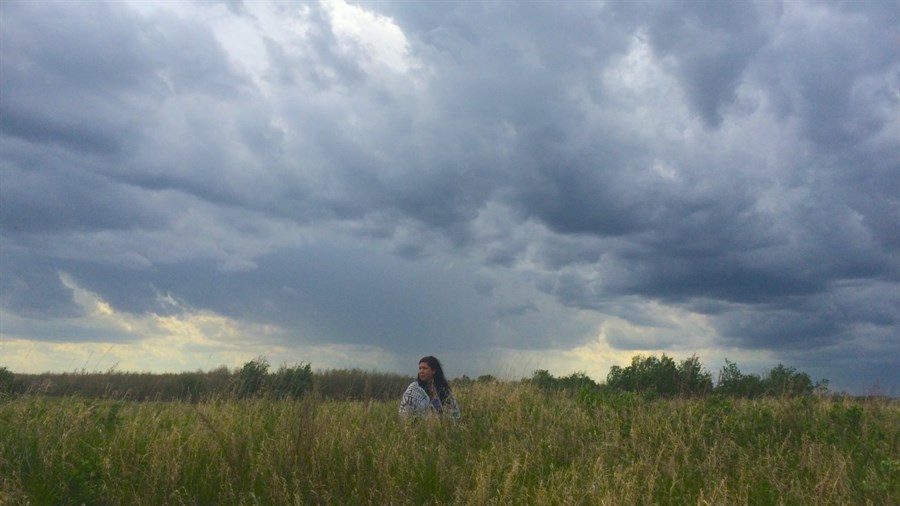
Tasha Hubbard, nîpawistamâsowin: We Will Stand Up (still), 2019. 98 min.

Tasha Hubbard, nîpawistamâsowin: We Will Stand Up (still), 2019. 98 min.
The images in Hubbard’s film are nothing short of visual sovereignty, to borrow a term from Jolene Rickard. Beautiful shots of the land, Saskatchewan’s famous open sky and horses running on the horizon form the majority of Hubbard’s film. This is truly Creator’s land, claimed for Cree people. Alongside joyful depictions of Native boyhoods, prairie lands become a space for Cree boys to know they are loved, protected and supported. Not since Alanis Obomsawin’s 1993 Kanehsatake: 270 Years of Resistance has a film affected me in such a profound way. Hubbard’s film captures a movement. It showcases the community that is present and active around Colten’s family. The film is a statement from the family, a call to action from the community in Saskatchewan and beyond: nîpawistamâsowin: We Will Stand Up refuses any other framing or inference.
Let me leave you with the last image Hubbard leaves the audience with. Throughout the film, animated shorts are used to contextualize Indigenous histories in the Prairies. The last shot in the film is a similar, but different, animation. Wild horses run on the horizon around a shadowy figure. As the camera zooms in, we see that figure is Colten. He cracks an awkward smile and his eyes glint brightly. In the hearts of his family and loved ones, Colten is forever free on those plains. We stood in ovation, tears in our eyes, some of us still sobbing, and let the light in Boushie’s eyes wash us over.

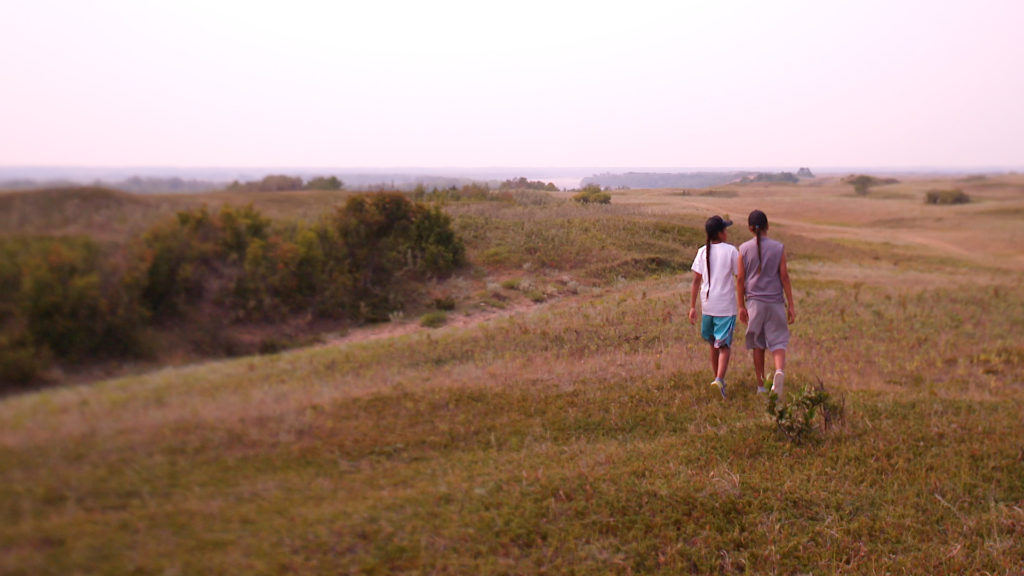 Tasha Hubbard, nîpawistamâsowin: We Will Stand Up (still), 2019. 98 min.
Tasha Hubbard, nîpawistamâsowin: We Will Stand Up (still), 2019. 98 min.
